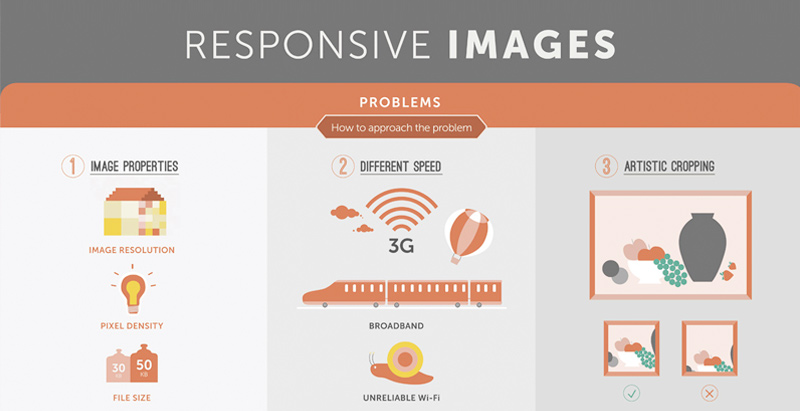Website Design Basics: Tips For Building A User-Friendly Website
Website Design Basics: Tips For Building A User-Friendly Website
Blog Article
Web Content Writer-Crews Skinner
When it involves internet site design, making sure user-friendliness is essential. From receptive style to streamlined navigating, every aspect plays an essential duty in producing a website that satisfies your audience's demands. Yet what regarding the finer details that can make or break a customer's searching experience? Stay tuned as we uncover some often-overlooked tips that can boost your web site's usability to the next level, making it absolutely stick out in the digital landscape.
Relevance of Responsive Layout
Receptive design is a vital element of modern-day site growth. Ensuring your site is responsive methods that it can adjust to various screen sizes and tools, supplying a smooth experience for customers.
With the increasing use of smartphones and tablets to access the web, having a receptive style is vital for getting to a larger audience. It helps in boosting customer experience by making your website easy to navigate and keep reading any type of tool.
In addition, responsive layout can positively impact your internet search engine positions, as online search engine like Google focus on mobile-friendly web sites. By having a receptive style, you're likewise future-proofing your web site, as brand-new tools with varying screen sizes remain to arise.
Simplify Navigating Framework
To improve individual experience and promote easy accessibility to information on your site, enhancing the navigation structure is paramount. When designing your site, focus on developing a clear and user-friendly navigating menu that assists visitors discover what they're looking for rapidly.
Restriction the variety of food selection items to the fundamentals, grouping associated web pages together to avoid frustrating users. Use detailed labels that clearly show the content of each page, making it easier for users to recognize where each web link will take them.
Think about implementing dropdown food selections for subcategories to avoid littering the main navigating bar. Additionally, include a search bar plainly on the web page for users who favor searching for certain information.
Prioritize mobile responsiveness in your navigation layout to ensure very easy accessibility on all tools.
Maximize Web Page Load Speed
Improving page load rate is vital for preserving site visitors on your internet site. Slow-loading web pages annoy individuals and can bring about high bounce rates. To organic search engine optimization services , beginning by enhancing pictures. Press pictures without compromising quality to minimize their file sizes.
Additionally, allow web browser caching to keep regularly accessed sources locally, accelerating tons times for returning visitors. Minify CSS, JavaScript, and HTML files by eliminating unneeded personalities, remarks, and format, improving tons rate.
Think about using a content distribution network (CDN) to distribute your site's content throughout multiple servers worldwide, decreasing latency for customers accessing your website from different places. Finally, limit the use of third-party scripts and plugins, as they can considerably influence load times.
Verdict
Finally, by incorporating responsive design, streamlining navigating, and enhancing web page load speed, you can produce a straightforward web site that attract a bigger target market and boosts individual experience. These essential elements make certain that visitors can quickly accessibility and browse your site throughout various gadgets, leading to raised involvement and complete satisfaction. By focusing on these essential aspects, you can build a successful web site that maintains users returning for even more.
